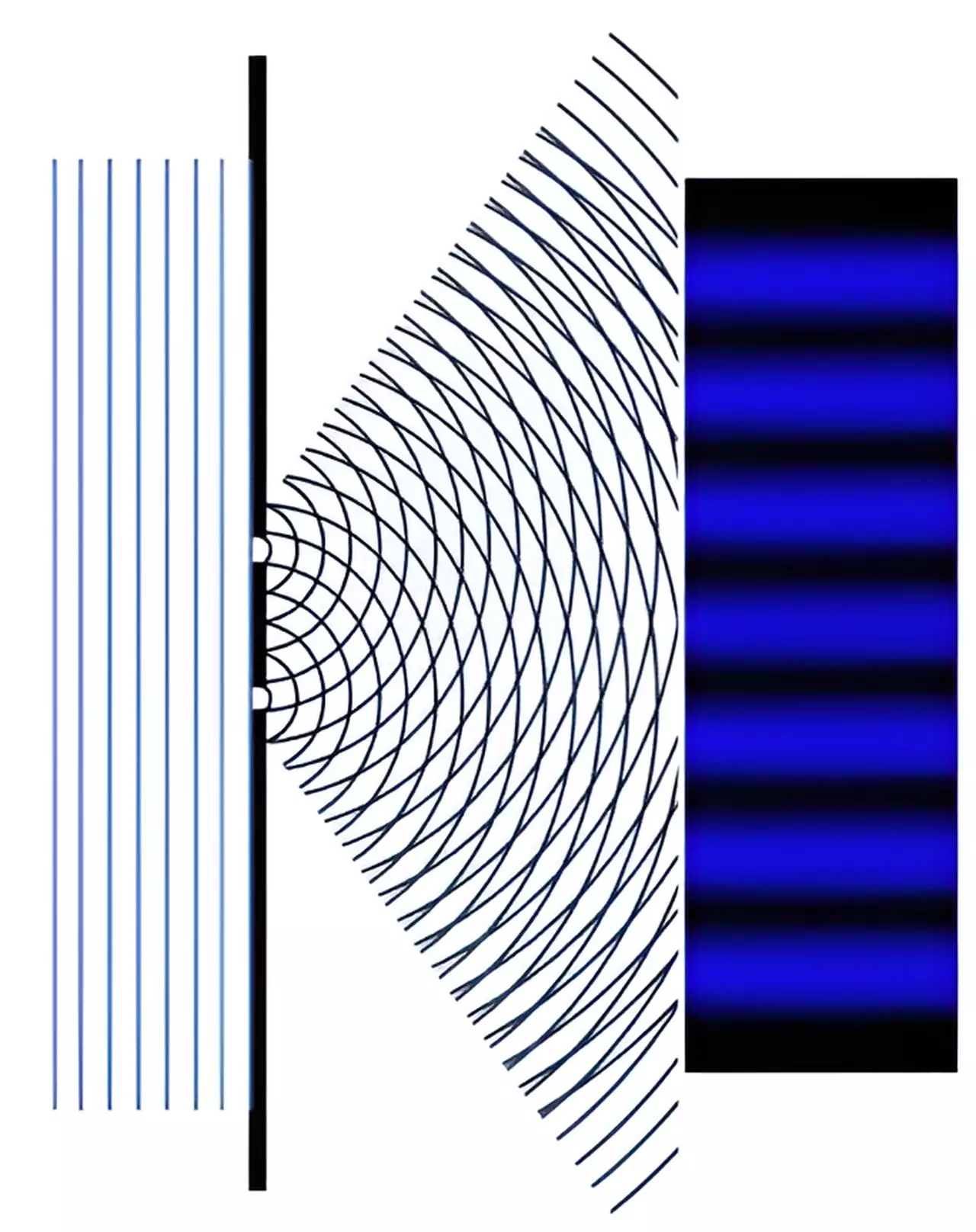Quantum computing stands at the forefront of technological speculation, promising colossal advancements in computational power and efficiency. One of the most intriguing theoretical models is the topological quantum computer, which could outstrip all classical computers in stability and capability. However, this ideal machine requires a specific kind of quantum bit, or qubit, that researchers are still striving to develop. Recent studies suggest a fascinating theory involving “split electrons,” objects that operate as if they are halves of an actual electron, potentially enabling the elusive topological qubit.
The landscape of electronics is undergoing a profound transformation as researchers delve into the realm of nanotechnology. The components of modern circuits have shrunk to dimensions where classical physics no longer applies, and quantum mechanics reigns supreme. In this minute world, electrons exhibit behavior that dramatically diverges from classical expectations. According to Dr. Sudeshna Sen, a theoretical physicist at the Indian Institute of Technology, the miniaturization of electronic components has reached such a level that one can observe individual electrons traversing through conductors that are mere nanometers wide. This observation has led to remarkable advancements such as single-electron transistors, where electrons are manipulated one by one.
At the heart of this research lies the concept of quantum interference. Electrons within a nanoelectronic circuit can take different pathways, and when they do, they interact with one another. Under specific conditions, this interaction can lead to a phenomenon where some electrons appear to be “split.” Professor Andrew Mitchell from University College Dublin highlights that when electrons are forced into close proximity—thereby repelling one another—the outcome is a change in their quantum interference patterns. This can create a state in which the electrons collectively behave as though they have undergone a division into two distinct parts, heralding the birth of a theoretical construct known as Majorana fermions.
Majorana Fermions: The Search Continues
Majorana fermions are a groundbreaking theoretical notion, first proposed in 1937, yet they have not been definitively observed in experiments to date. The significance of these particles lies in their proposed role in topological quantum computers. These unique fermions could potentially serve as stable qubits, primarily due to their non-abelian statistics, which would enable fault tolerance in quantum computing systems. The recent findings from Mitchell and Sen suggest a method for systematically generating these particles in nanoelectronic devices through manipulated quantum interference, thus revitalizing interest in their existence and implications for future quantum technologies.
To better understand the phenomenon of split electrons, it is instructive to consider a classic experiment in quantum mechanics: the double-slit experiment. This experiment illustrates the wave-particle duality of electrons and serves as a foundational element of quantum mechanics. In this experiment, electrons are fired at a barrier with two slits, and instead of behaving like classical particles—traveling through one slit distinctively—they exhibit wave-like characteristics and interfere with one another, creating a distinctive pattern. Professor Mitchell emphasizes that similar quantum interference patterns are observable within nanoelectronic circuits, as electrons navigate their way through paths that can branch off into multiple directions.
The emergence of the split electron phenomenon may pave the way for potential breakthroughs in quantum computing, vested in its ability to generate Majorana fermions. As researchers continue to explore the principles of quantum mechanics at nanoscale dimensions, the possibility of crafting topological quantum computers moves closer to reality. What remains to be seen is how effectively these principles can be harnessed in practical applications. If successful, this innovation could not only revolutionize computing as we know it but also redefine our understanding of fundamental particle interactions.
While the concept of topological quantum computers and split electrons is still largely theoretical, ongoing research is critical for unveiling the mysteries of quantum mechanics. The realization of a functioning topological quantum computer could signify not just an evolution in computing technology but also a profound understanding of the natural world. As we push the boundaries of what is conceivable, we find ourselves on the precipice of a new era—one marked by quantum phenomena that challenge our existing paradigms and may lead to unforeseen technological wonders.

